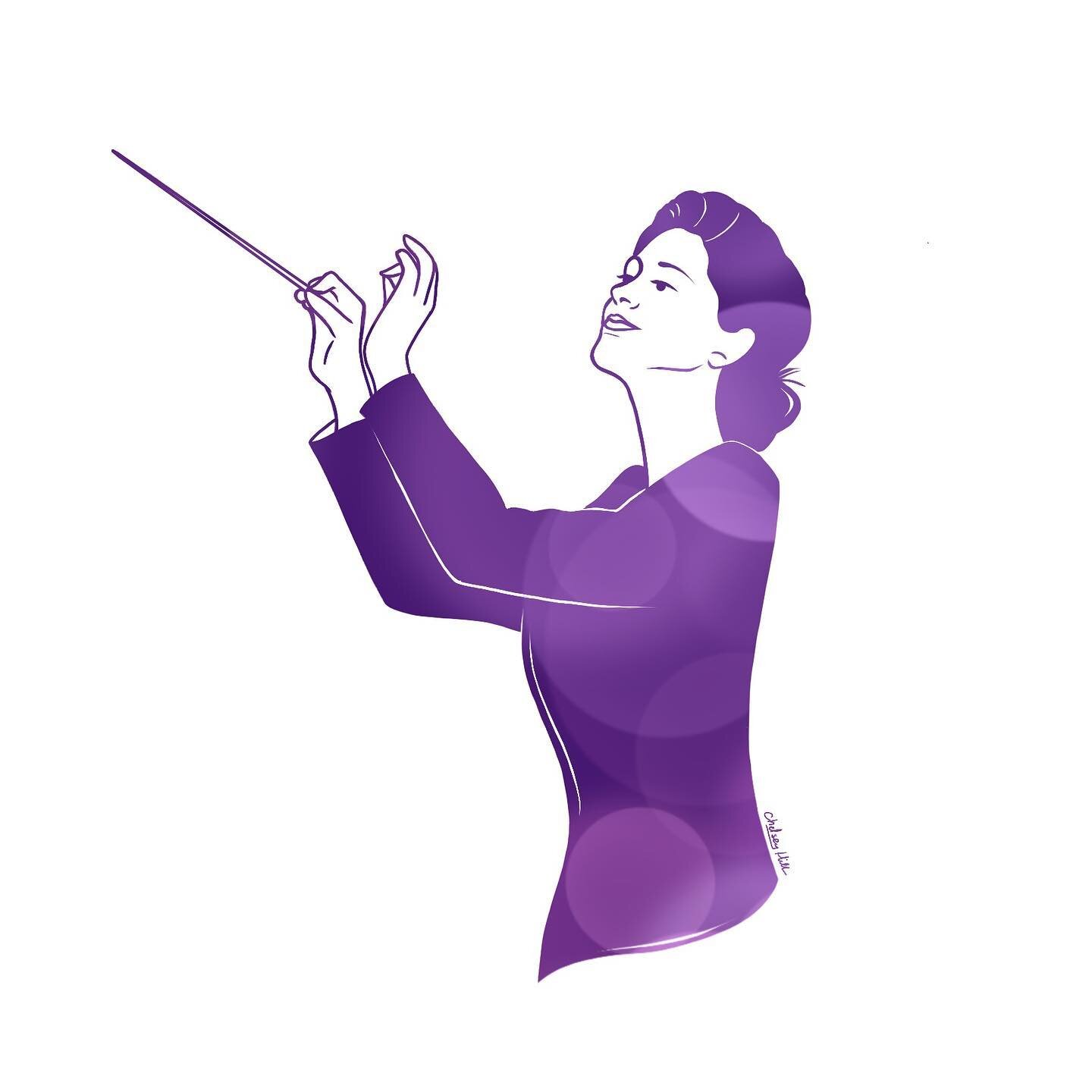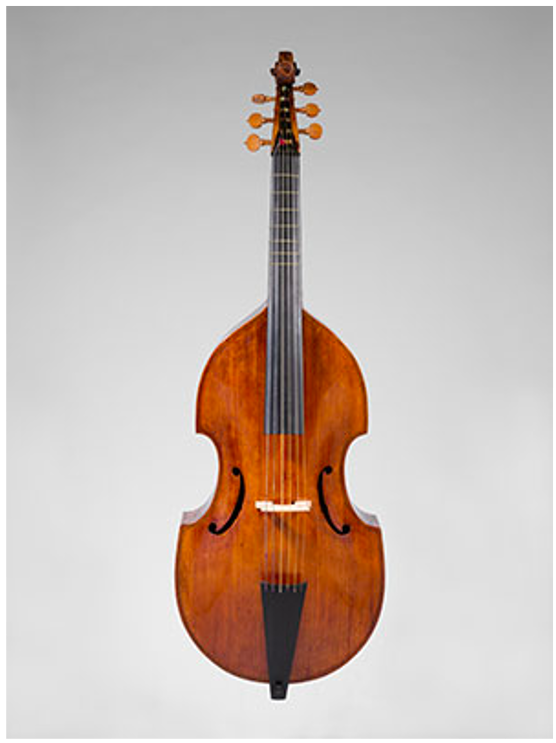THE RENAISSANCE ERA
(1400-1600)
The Birth of Venus (1486) - Sandro Botticelli
Mona Lisa (1506) - Leonardo da Vinci
Singing Angels (1427) - Jan van Eyck
The School of Athens (1511) - Raphael
The Creation of Adam (1512) - Michaelangelo
HOMOPHONY
•Before Renaissance, only monophony (single melodic line) or polyphony (two or more lines moving independently)
•Renaissance composers began to develop HOMOPHONY (multiple lines in hierarchy of support to melody)
•First use of CHORDS (three or more notes sounding at once) and emphasis on VERTICAL harmony rather than just horizontal harmony
Ave Maris Stella (Chant) - Guillaume Dufay
THE MASS
•MASS: the sung prayer service in Catholic church (throughout most of Europe)
•Established five main parts: Kyrie, Gloria, Credo, Sanctus, Agnus Dei
•Each part always had the same words (prayers in Latin) but used different music based on different composers
•Composers chose common elements to theme the Mass such as same key, same base chants, or same opening music for each section
MOTET VS. MADRIGAL
MADRIGAL
•4-6 voices
•One singer per part
•Text – secular poem (often about love)
•Native tongue of composer/poet
•More homophonic
•More IMITATIVE (voice parts copying each other)
MOTET
•2-12 voices
•One or more singer per part
•Text – sacred chant, religious (and sometimes secular text at the same time with the sacred)
•Sacred – Latin;
Secular – Native language of composer
•More polyphonic
•More independent
Lamentationes Hieremiae Prophetae (Motet 1588) - Orlando di Lasso
My Bonnie Lass She Smileth (Madrigal 1595) - Thomas Morley
DANCE
•Dance became an important part of courtly life
•Specific dances were choreographed and named
•Music was composed to fit the dance style, tempo, and steps of each type
•Dance music was always instrumental
•Most popular dances included: Pavan, Galliard, Saltarello, Jig, Bransle
•Evolved later into a concert setting:
The Baroque Dance Suite
RENAISSANCE INSTRUMENTS
Recorder Consort
•Many instruments of the Renaissance have evolved into modern instruments
•Instruments usually performed in families (CONSORTS) of like instruments small to large
•Instruments still in use:
Violin
Harpsichord
Flute
Drums
Recorder
Cymbals
Shawm: Primitive Oboe
Crumhorn: Reed Instrument with cutting, buzzy sound
Sackbut: Primitive Trombone
Racket: Primitive Bassoon
Cornett: Wooden Trumpet
Serpent: Primitive Tuba
RENAISSANCE COMPOSERS
JOSQUIN DES PREZ
•French sacred and secular composer
•Considered master of Renaissance polyphony
•Very popular and widely copied
•Wrote masses, motets, and songs, specifically CHANSONS (French songs)
El Grillo (Frottola 1505) Josquin Des Prez
GUILLAUME DU FAY
•Franco-Flemish sacred and secular composer
•Raised by single mother (illegitimate son of a monk)
•Wrote exclusively for voice
•Hailed as greatest composer during his own lifetime
•Always employed by churches (in France and Italy)
Nuper rosarum flores (Motet 1436) - Guillaume Du Fay
GIOVANNI GABRIELI
•Italian sacred vocal and instrumental composer and organist
•Bridged Renaissance to Baroque Eras
•Influenced many students who spread his style through Europe
•Famous for “double choir” music in St. Mark’s (Venice)
Magnificat á 14 (Motet 1615) - Giovanni Gabrieli
GIOVANNI PIERLUIGI DA PALESTRINA
•Italian sacred choral composer
•Wrote 105 masses
•Most advanced examples of Renaissance polyphony
•Has become the standard by which all future polyphony is taught



















